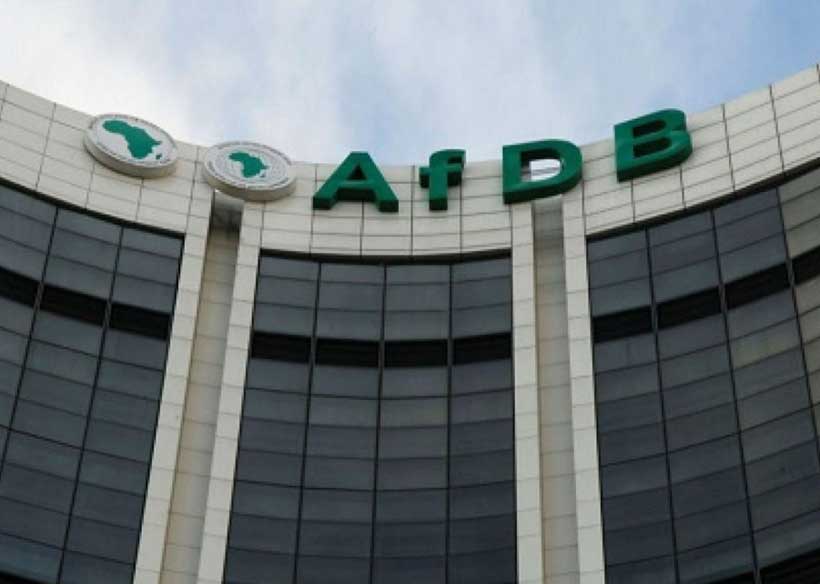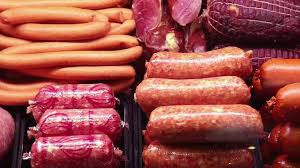Zim beef exports set to grow – IH Securities
Local beef industry has grown in leaps and has revived the potential to increase its export volumes as the cattle herd has significantly increased due to Government interventions and improved grazing areas.
According to a research by IH Securities; “The national beef cattle herd had a growth of 2 percent in 2022 to 5,642,400 in the second quarter of 2023. Cattle mortality decreased from 9 percent in 2021 to 6 percent in 2022 with disease remaining the lead cause of mortality.”
Cattle remain an integral part of local agriculture with 75 percent of communal farmers relying on them for draught power.
“Cattle contribute circa 10,81 percent to the country’s agricultural GDP. Commercial farmers represent 29 percent of ownership,” said IH in its report.
Zimbabwe used to earn around US$35 million per annum with the country exporting just under 12,000 tonnes annually of commercial beef, 80 percent of this meat coming from the commercial beef sector.
This would have meant that beef’s contribution to the economy would be on par with that of tobacco, which contributes about US$500 million annually. However, this has not been the case as by 2000, the beef industry had all but crumbled due to diseases such as foot and mouth.
While tick-borne diseases killed at least 500 000 cattle in the past five years, deaths from tick-borne diseases are now falling fast after several strategies launched by the Government are taking effect and farmers are following the advice of veterinary experts.
According to the report, January disease mortality decreased by 49 percent in 2020 and 37 percent in 2021.
“The prevalence of tick-borne diseases is noticeably reducing in response to intensive dipping. Government has a zero tolerance on Foot and Mouth Disease (FMD). Consequently, FMD outbreaks for 2022 were contained below 8 percent, and the plan was not to exceed 12 percent,” Dr. Basera added.
Agronomist, Dr Danmore Gwandu, believes that the potential needs to be harnessed especially after the recovery of exports in the past six years.
“The country’s global beef exports resumed in 2017, 10 years after they slowed to a crawl level when the country’s economy tumbled. In addition to the foot-and-mouth disease, the beef industry had been hit by crippling economic sanctions imposed on the country by Western nations, which contributed to hyperinflation, huge foreign debts and obsolete transport fleets,” he said.
Additionally, innovative breeding technologies, including artificial insemination, have been successfully used on a new breed of beef bulls and heifers, scooping big earnings in the global beef market.
As a result, farmers’ unions have urged livestock sector players to take advantage of this opportunity that has arisen to feed the export market and standardise their products.
Commercial Farmers Union chief executive, Sam Miller said; “Our members need to take advantage of export bilateral agreements and cash in, but first of all we will be representing our nation and we need to send standardised products.”
“Animal husbandry remains a significant aspect of agriculture with livestock acting as a safety net for communal households. For the 2022/23 season, grazing conditions were good at the time of assessment due to favourable rains. However, grazing adequacy remains critical in the communal areas mainly because of poor veld management,” IH Securities said.
As per the First Round Crop, Livestock, and Fisheries Assessment report, national water levels for livestock were adequate and the trekking distance to drinking water source on average was less than one kilometer.
“Livestock growth was experienced across the small ruminants’ segment. Goat population grew 14 percent to 4,87 million whilst sheep grew 2,53 percent to 0,73 million. Pigs saw a growth of 8,05 percent to 339,644,” the report said.
The livestock Recovery Growth Plan by government is targeting a national herd of 6 million cattle by 2025, complementing a targeted annual beef production of 90,000 tonnes.-ebusinesweekly










